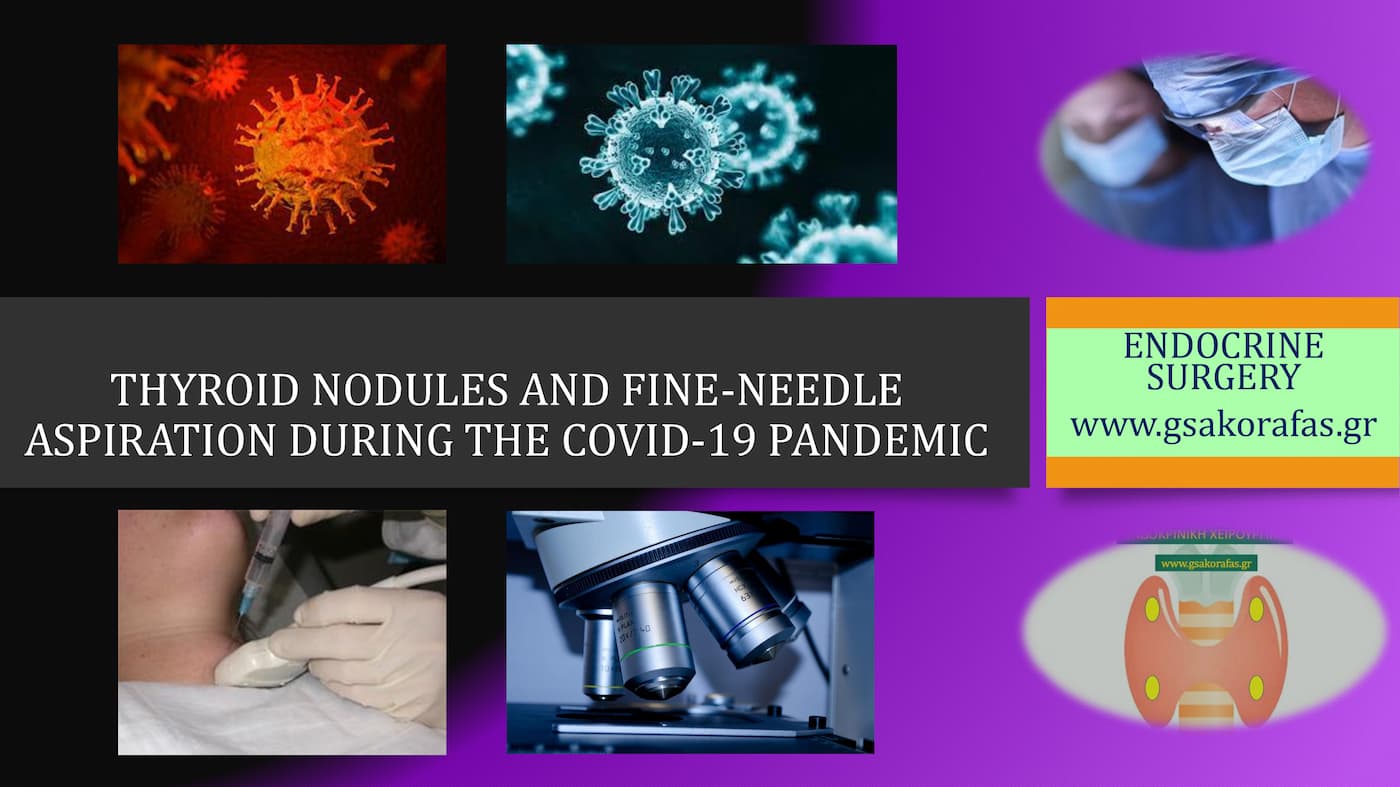Introduction
Thyroid ultrasonography is currently the preferred imaging modality for the preoperative investigation of the patient with thyroid nodule. In order to improve consistency of reporting ultrasonographic findings, the TI-RADS system (Thyroid Imaging, Reporting and Data System) has been proposed by the American College of Radiology (ACR) in 2017.
The TI-RADS reporting system
The TI-RADS reporting system is based on 5 parameters-findings from diagnostic ultrasonography.
- Composition
- Echogenicity
- Shape (vertical vs. horizontal orientation)
- Margin and
- Echogenic foci
Interestingly, TI-RADS criteria do not encompass evaluation of regional lymph nodes.
Calculation of TI-RADS score
Sum points (designed for each of these characteristics) to calculate TI-RADS score, as follows:
TI-RADS 1
0 points
Benign lesion
No FNA
Cancer risk=0.3 %
TI-RADS 2
2 points
Not suspicious
No FNA
Cancer risk 1.5 %
TI-RADS 3
3 points
Mildly suspicious
1.5 cm: follow-up at 1, 3 and 5 yrs.
2.5 cm: FNA
Cancer risk 4.8 %
TI-RADS 4
4-6 points
Moderately suspicious
1 cm: follow up at 1,2,3 and 5 yrs.
>1.5 cm: FNA
Cancer risk 9 %
TI-RADS 5
≥7
Highly suspicious
0.5 cm: follow-up annually for 5 yrs.
> 1cm: FNA
Cancer risk 35 %
Practical usefulness of the TI-RADS system
The risk of underlying malignancy correlates with the TI-RADS category (see above).
The TI-RADS reporting system is useful in selecting optimal management of the patient with thyroid nodule: fine-needle aspiration cytology, follow-up ultrasonographic evaluation or no further action.
TI-RADS may reduce the number of thyroid nodules recommended for biopsy.



